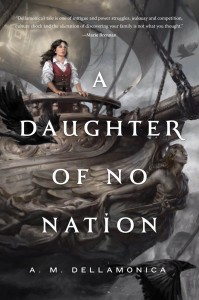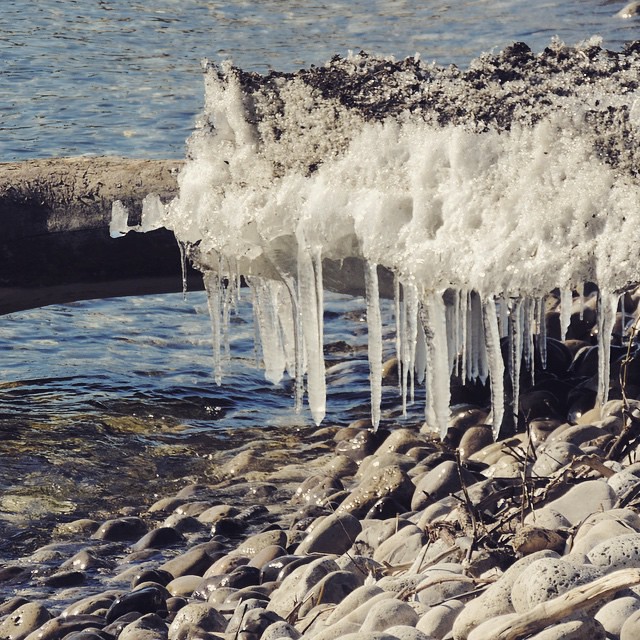The last couple of days have been perfectly warm and yet not humid, not hot. It has felt as though Toronto had been lunging between rain and attempts at heat. And maybe that pattern will reassert– we can’t know anything about what the weather will do now – but I feel as if summer did have cat days, this will be them. Long, perfect for napping, lazy but not fully languorous.
Besides that, our cats are filled with wonder and delight because their favorite reality show, Adolescent Squirrels Leave Home! (season two) is currently playing in our front yard.
Sadly, they don’t have access to Raccoons invade local record Shop, playing just down the road at Kop’s Records on Queen Street.
With the classes for my MFA behind me (I’m embarking on my thesis any second now), I have been taking a little time to listen to podcasts and to read. I’ve been catching up with The Anthropocene Reviewed, which will surprise nobody who knows me. I particularly recommend Tetris and the Seed Potatoes of Leningrad, if you want a good historical story and possibly a bit of a feels explosion. I listened to a This Is Love about Peggy Guggenheim, and went from there to reading a Francine Prose bio: Peggy Guggenheim: The Shock of the Modern.

Because I am interested in and writing about things like rationing, food security and small scale economies, I’ve also been watching a bunch of UK quasi-reality shows called Wartime Farm, Edwardian Farm, Tudor Monastery Farm … well, you get the idea. It’s a shared universe proposition, featuring a trio of archaeologists and historians who don period clothes and go work historical farms within Britain, using the technologies and techniques of the era suggested by the show’s title.
The Farm shows are a bit of a drift from our usual fare, which leans heavily to British murder mystery and period drama interspersed with things like the latest incarnation of The Tick and Fleabag, but Kelly and I have found them wildly compelling. I think I could watch people build improvise and tend kilns, making bricks out in the middle of nowhere, every day for the rest of my life.
Another appeal of the farm shows, besides soft research, is they underline very strongly how much wood a person had to have access to, and burn, to achieve any measure of comfortable living. Making charcoal for kilns, then burning the charcoal. Boiling salt to refine it. Smelting, blacksmithing, keeping water hot… I get that trees can be big and weigh a lot, but it’s a sobering look at resource use, a reminder that we still use all that fire and more besides—we just don’t see where it comes from.



 One of the things I’m doing in the first weeks of my MFA program is a top ten list of TV shows, based pretty much on whatever criteria I want, with notes on what makes them interesting. Here’s what I came up with.
One of the things I’m doing in the first weeks of my MFA program is a top ten list of TV shows, based pretty much on whatever criteria I want, with notes on what makes them interesting. Here’s what I came up with.


